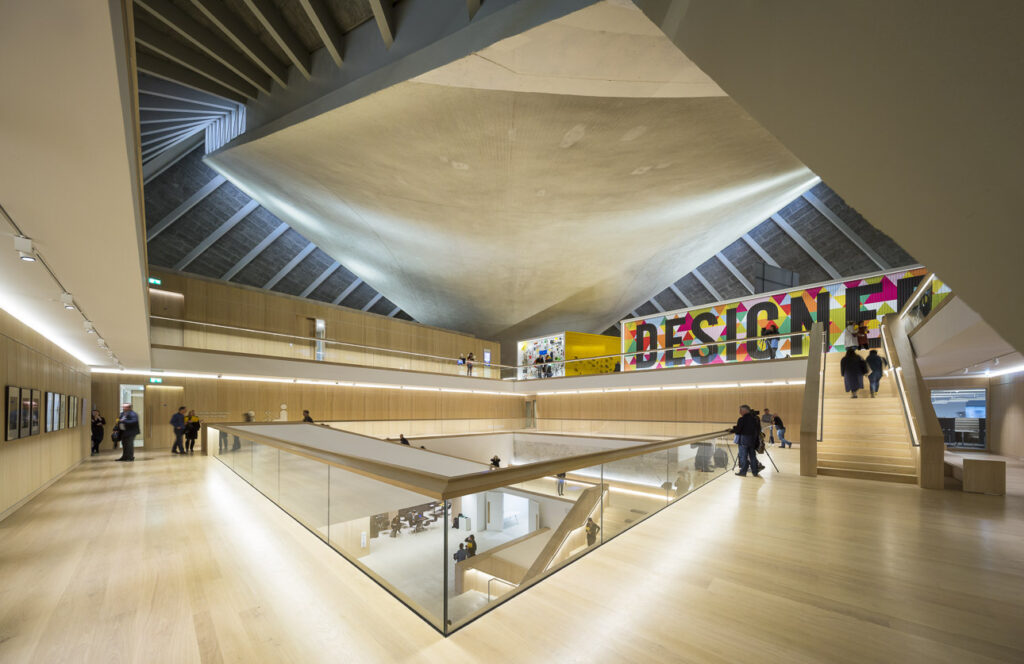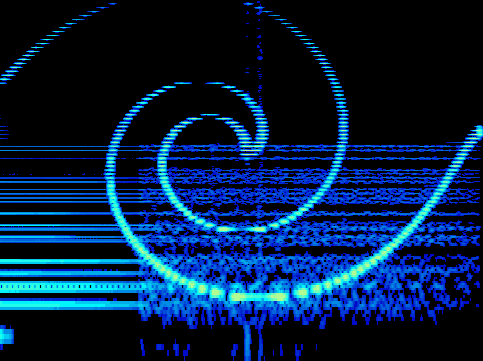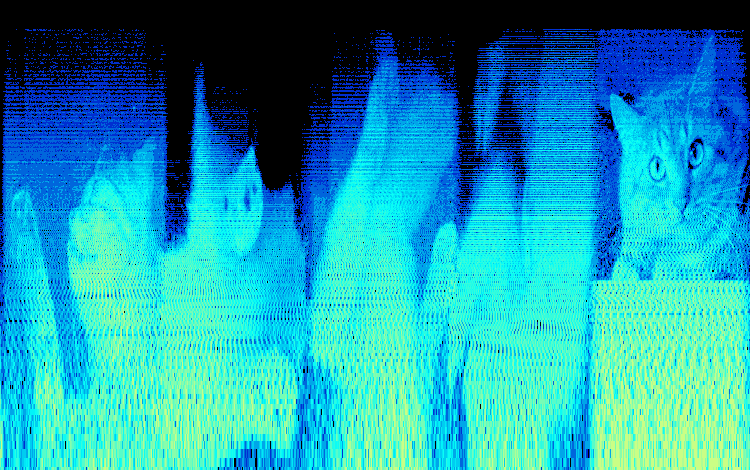In a previous article I talked about businesses bringing in new audiences by creating impressionable soundscapes in their offices, but what is going on when it comes to museums? Soundscapes and sound installations are being used more and more to present important and relevant topics/exhibitions in museums.
Giles Martin- the son of Sir George Martin, Beatles’ notorious producer, created an experience with a new Dolby Atmos mix that brought back into the world that was created in Abbey Road studios. This event showed visitors a new angle of Beatles’ greatest hits. The succeed of this event definitely lead to an increase of popularity in immersive sound experiences, with which we can explore both art and history in a fascinating new way. These experiences can offer a unique and interesting way to learn about the past.
The Grammy Museum in LA opened up a new exhibition called “Mono to Immersive Experience Room” in which visitors can relive the most famous performances of the Grammys. This audio-visual experience takes visitors on a journey from the 19th century phonographs to the immersive sound of Today. One can explore the most important parts of music history and experience how technology progressed with time.

One of the most innovative experiences was done by the London Design Museum that went on from April to July 2020. It was designed to “transport” visitors into the Nightclubs of cities with a famous rave culture (e.g. Berlin, Detroit, Paris). It used a combination of music, strobe and flashing lights in order to create a club atmosphere.The experience called “Electronic” was using all these techniques to allow visitors to explore the art, design and photography that captured and shared the electronic music atmosphere.

The exhibit features works from some of the most famous techno artists like Jeff Mills and Ellen Alien, along with BBC’s radiophonic workshop. It also features photography from a famous german event photographer Andreas Gursky, as well as the work of French DJ Laurent Garnier. The following video gives a bit more detail from interviews and insight on the projects mentioned here.
Resources
https://www.soundoflife.com/blogs/design/how-museums-use-music-draw-new-audiences




